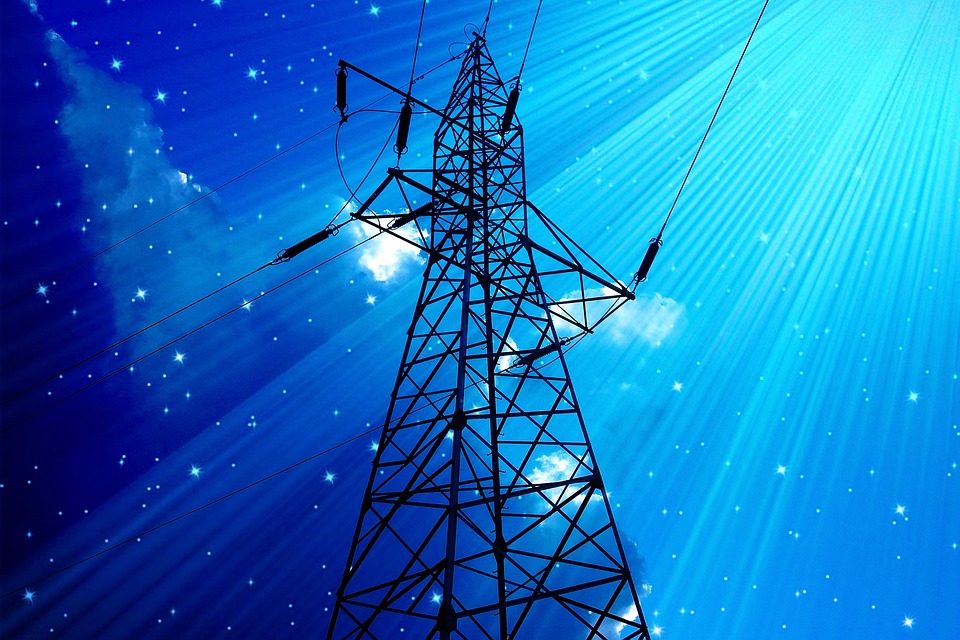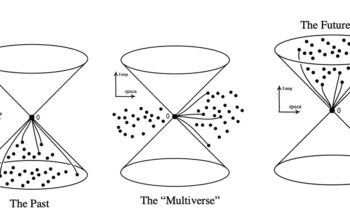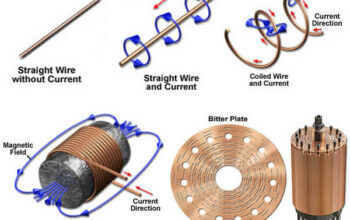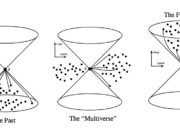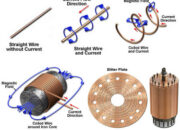In the realm of renewable energy sources, water has long been celebrated for its capacity to generate electricity through hydraulic and tidal means. However, a paradigm shift is underway, as innovative methodologies emerge—potentially catapulting water to the vanguard of the next energy revolution. This exploration delves into the intricacies of harnessing electricity from water, examining its potential, the technology involved, and the implications for sustainable development and global energy markets.
Water, often dubbed the “blue gold,” presents an abundant resource, encompassing approximately 71% of the Earth’s surface. The innate properties of water—its physical state, its movement, and its capacity for energy storage—afford myriad opportunities for exploration. The manipulation of water’s kinetic and potential energies signals the ingenuity of modern engineering, where traditional hydroelectric systems coexist with emergent technologies such as ocean thermal energy conversion (OTEC) and wave energy converters.
Hydropower has been the cornerstone of water-derived electricity for over a century, utilizing flowing or falling water to drive turbines. This venerable technique embodies the principles of gravity and momentum, wherein the amassed potential energy, stored in elevated water, transforms into kinetic energy as it descends. However, the expansion of hydropower is inherently limited by geographic and environmental constraints. Therein lies the impetus for the invigorating exploration of alternative water-based electricity generation technologies.
One such innovative endeavor is the metamorphosis of tidal energy into usable electricity. Tides, propelled by the gravitational forces exerted by the moon and sun, present a rhythmic predictability that may serve as a reliable energy source. Numerous countries have undertaken projects to install tidal turbines underwater in the hopes of capturing this celestial energy. The binary dance of the tides holds the potential not only for continuous energy generation but also for less environmental disruption compared to large-scale dam projects.
Additionally, wave energy presents another avenue for energy exploitation. Sea waves, products of wind and the Earth’s rotation, possess immense energy that ebbs and flows with the tide. Technologies that utilize oscillating water columns and point absorbers convert these dynamic movements into electrical energy. The exquisite unpredictability of the waves, like a symphony of nature, may hold the key to powering coastal cities with continuous energy. Thus, harnessing wave energy aligns seamlessly with a vision for a sustainable future as it can cater to energy demands without depleting terrestrial resources.
Ocean thermal energy conversion (OTEC) represents yet another facet of electricity generation from water, leveraging the thermal gradient between warmer surface water and cooler deep water. This technology taps into the near-infinite capacity of the ocean, transforming thermal energy into mechanical energy through specialized heat engines. The dual benefit of OTEC lies in its ability to not only generate electricity but also render fresh water through desalination—a critical resource in arid regions plagued by water scarcity.
The ramifications of utilizing water as a primary energy source extend beyond mere electricity generation. The economic potential is profound; nations investing in water-based energy technologies could leverage their geographical advantages and safeguard energy independence. Furthermore, mass employment opportunities would arise as industries develop around the deployment, maintenance, and innovation of hydropower infrastructures and related technologies.
Nevertheless, challenges remain on the horizon. The construction of hydropower systems and the deployment of offshore renewable energy installations necessitate substantial upfront investment, alongside potential ecological repercussions. The delicate balance of aquatic ecosystems must be preserved when developing energy projects that disrupt natural water flow and marine habitats. Stakeholder collaboration and adherence to environmental regulations are imperative to mitigate adverse effects.
Public perception also plays a critical role in the adoption and expansion of water-based electricity generation. The ‘NIMBY’ phenomenon—“not in my back yard”—often stifles infrastructural development due to unease regarding environmental and aesthetic implications. Advocacy for responsible development combined with thorough community education about the long-term benefits of transitioning to cleaner energy could foster acceptance and support for these technologies.
Looking forward, the confluence of technology and ingenuity may usher in a renaissance in energy production. The continuous advancements in materials science and renewable technologies promise to make the extraction of electricity from water more efficient and economically viable. As global energy demands burgeon in the face of climate change, harnessing water’s elemental splendor may not only appeal to the intellect but also infuse a poetic narrative into the broader discourse on sustainable energy.
Ultimately, the prospect of generating electricity from water encapsulates a transformative vision for the future. The dance between humanity and nature is poised to evolve as water becomes a central protagonist in the energy narrative, beckoning societies to embrace its potential harmonies. As innovators continue to unravel the depths of this blue resource, the anticipation mounts for a world where clean, renewable energy flows as freely as the rivers and oceans from which it is drawn.
